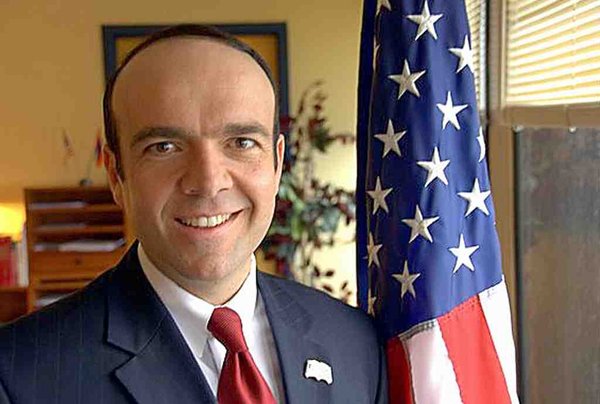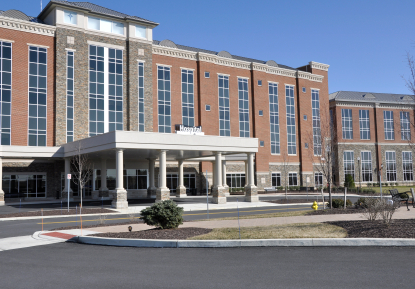One-Third of PA Docs Reject Medicaid Patients
 A study published in the journal Health Affairs found that 32 percent of office-based physicians in Pennsylvania do not accept new Medicaid patients.
A study published in the journal Health Affairs found that 32 percent of office-based physicians in Pennsylvania do not accept new Medicaid patients.
This is slightly higher than the nation-wide rate of 30.9 percent of physicians who will not accept new Medicaid patients.
Read more about the study in this Central Penn Business Journal article or find the study itself here, on the Health Affairs web site.





